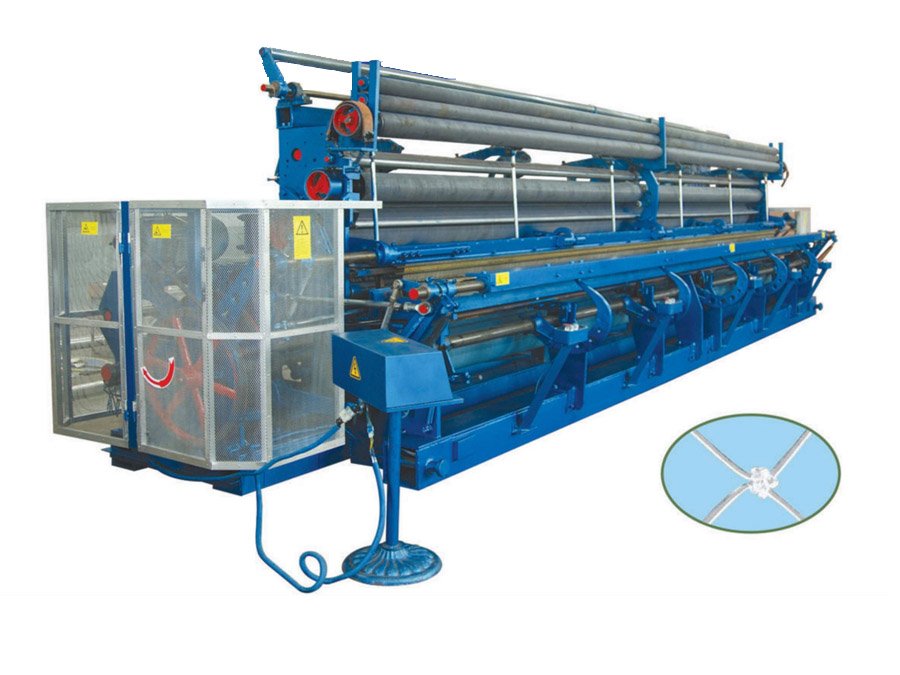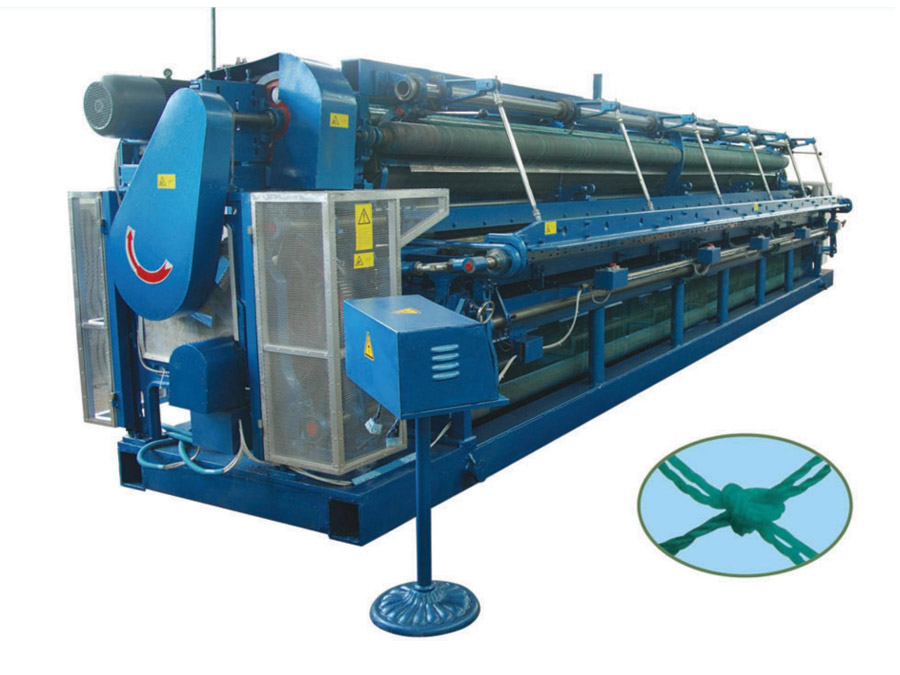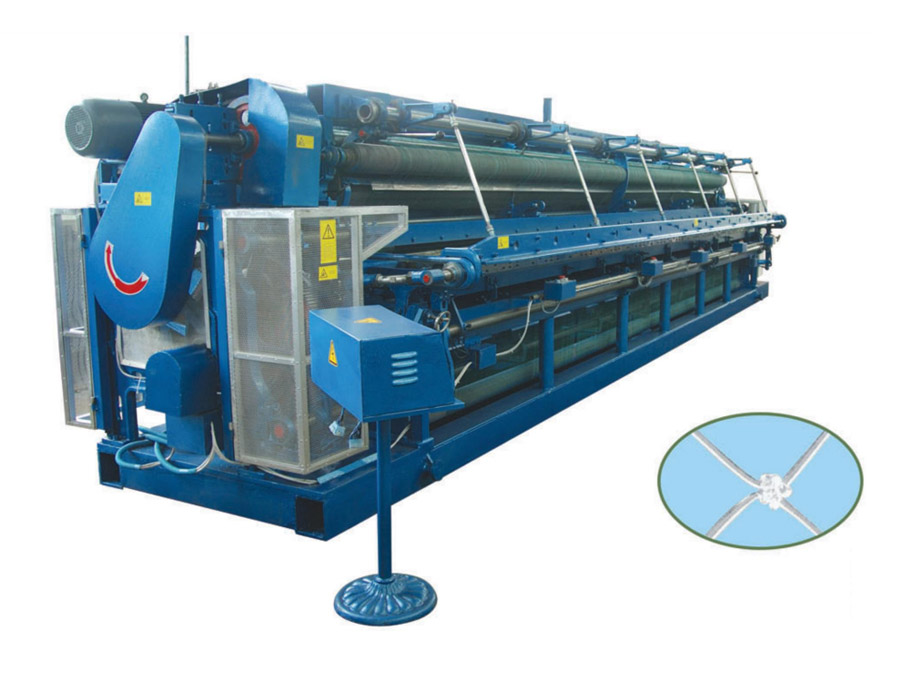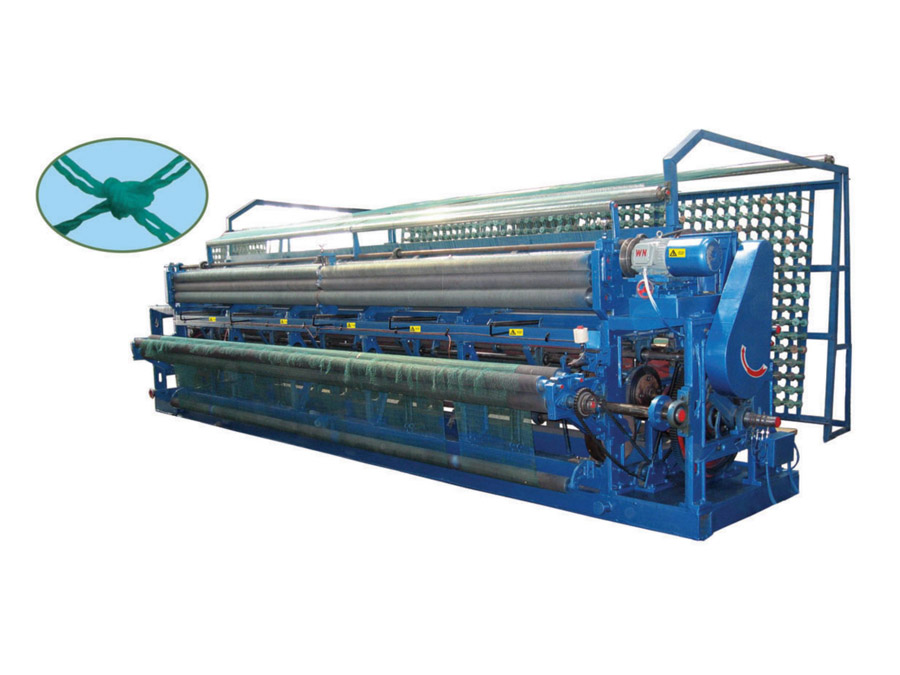Knot method is a traditional way to make a fishing net. The net is made of warp thread and weft thread in the shuttle. The size of the knot is 4 times the diameter of the net rope and protrudes out of the net clothing plane. This kind of network is called a network.
The nodule collides with the fish and the ship's side when lifting the net, which not only damages the fish, but also makes the net wear, and because the chemical fiber is smooth and elastic, it is easy to cause the nodule relaxation, uneven mesh and other problems.
Twist method: two groups of yarns are twisted at the same time by a rigid machine. At the junction point, they cross each other to form a net, which is called twist free net. Because the yarn at the net node is not bent, the net garment is flat and friction is eliminated, but the twisting machine has low efficiency, complicated preparation process and limited number of transverse mesh, so it is necessary to weave a net with larger mesh.
In warp knitting, Raschel warp knitting machine with 4-8 bars is usually used to connect the warp yarn into a net in a circle, which is called as no net in warp knitting. Because of the high speed of the warp knitting machine (600 rpm), the width of the net gate is wide, the number of horizontal mesh is more than 800, the specification is convenient to change, and the production efficiency is several times higher than the former two methods.
The warp knitted net is smooth, wear-resistant, light, stable in layout, high in nodule strength, stable in shape and not loose after the net coat is damaged. It can be widely used in marine fish, freshwater fish, aquaculture and other special purposes.






